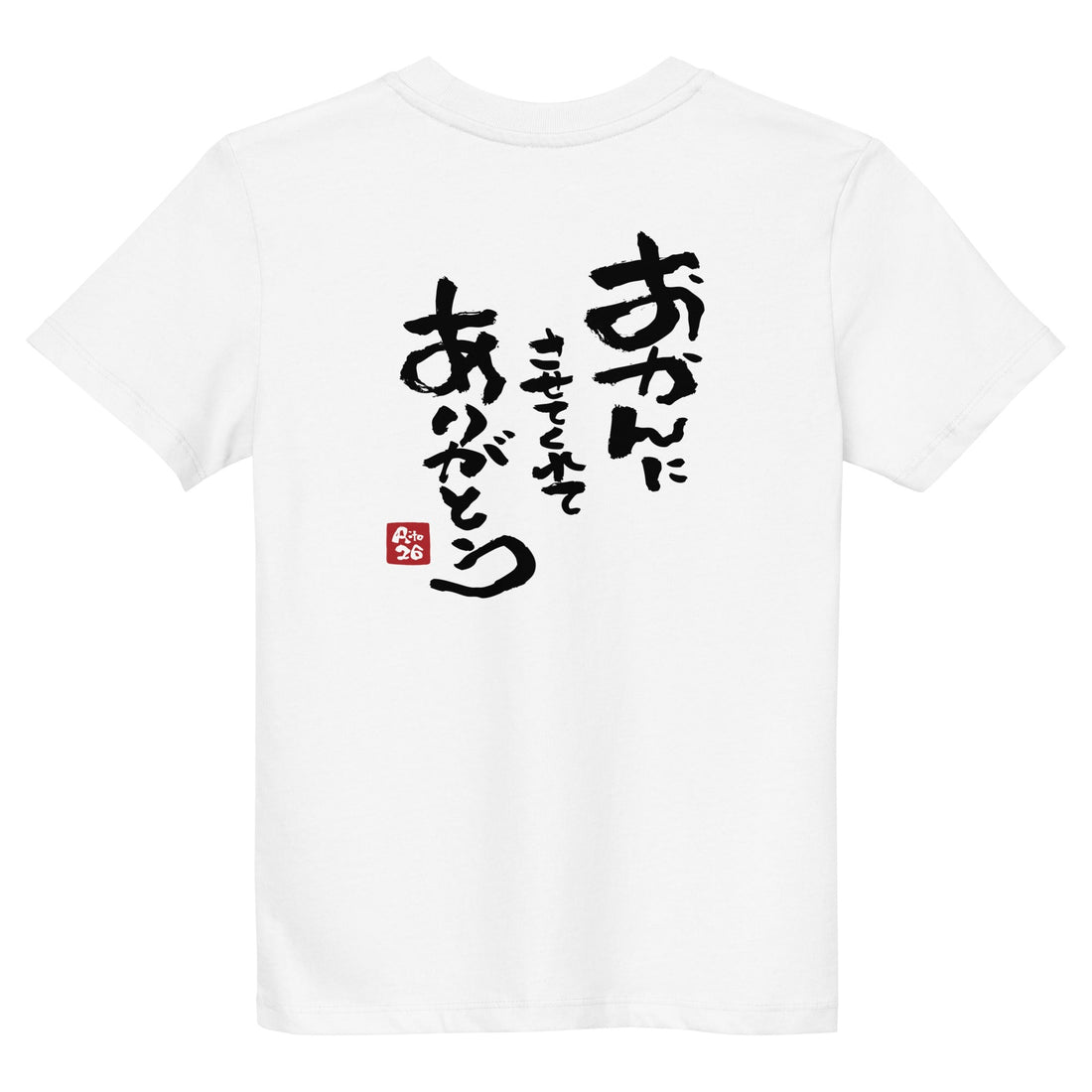
What is Japanese Calligraphy? – History & Charm of Japanese Brush Writing
Introduction: The Timeless Art of Japanese Calligraphy
Japanese calligraphy, also known as Shodo (書道), is an ancient yet ever-evolving art form that embodies the essence of Japanese aesthetics, discipline, and spirituality. More than just handwriting, it is a dynamic form of artistic expression that blends graceful strokes, precise movements, and deep cultural significance.
One of the most striking styles within Japanese calligraphy is Japanese brush writing, where the natural flow of the brush creates powerful and emotive characters. Another prominent style, Samurai calligraphy, reflects the Bushido (武士道) spirit—the code of honor and discipline followed by samurai warriors. This fusion of artistry and philosophy has kept Japanese calligraphy relevant in modern times, influencing global design trends in branding, tattoos, and fashion.
In this article, we will explore the history, techniques, and unique charm of Japanese brush writing, as well as its modern applications in branding, fashion, and digital art.
The History of Japanese Calligraphy
Origins: The Influence of Chinese Calligraphy
Japanese calligraphy traces its roots back to 6th-century China, when Kanji (漢字) was introduced to Japan. The earliest Japanese calligraphy styles were heavily influenced by Chinese script, with early Buddhist texts and imperial documents showcasing elegant and structured brushwork.
By the Heian Period (794-1185), Japan developed its own unique writing system, including Hiragana (ひらがな) and Katakana (カタカナ). This led to the emergence of Wayō-sho (和様書道), a distinctly Japanese calligraphy style that emphasized fluidity and artistic freedom.
The Role of Samurai Calligraphy
During the Edo Period (1603-1868), calligraphy became an essential part of samurai education. Samurai warriors practiced Japanese brush writing as a way to cultivate discipline, patience, and focus. Calligraphy was not just an artistic endeavor but also a spiritual and meditative practice, embodying the Zen philosophy of simplicity and mindfulness.
Famous samurai, such as Miyamoto Musashi (宮本武蔵), were known for their exceptional calligraphy, which reflected their inner strength and battle-hardened philosophy. Samurai calligraphy often featured bold strokes and strong ink contrast, symbolizing the warrior’s resolute mindset.
Modern Evolution: Japanese Calligraphy in the Digital Age
In contemporary times, Japanese brush writing has evolved beyond traditional paper and ink. Calligraphers now use digital tools like iPads, Procreate, and Adobe Illustrator to create modern designs while maintaining the essence of hand-brushed characters. The influence of Japanese calligraphy tattoos, brush font designs, and branding elements has expanded internationally, making it a sought-after style in graphic design and fashion.
✅ “Learn more about the history of Japanese calligraphy: Wikipedia – Japanese Calligraphy”
✅ “Looking for popular Japanese calligraphy fonts? Check out: Google Fonts – Japanese Calligraphy”
The Unique Charm of Japanese Brush Writing
1. Expressive and Organic Strokes
Unlike rigid printed fonts, Japanese brush writing embraces the natural flow of ink and brush, creating unique, one-of-a-kind compositions. Every brushstroke is spontaneous yet deliberate, embodying the philosophy of Wabi-Sabi (侘寂)—finding beauty in imperfection.
2. The Balance of Strength and Grace
Samurai calligraphy, in particular, is admired for its bold yet controlled brushwork. It mirrors the duality of a samurai’s character—fierce in battle but composed in mind. Each kanji character reflects a sense of inner balance and harmony, making Japanese calligraphy a deeply introspective art form.
3. A Symbol of Cultural Identity
From Shodo art scrolls in Zen temples to restaurant signage and fashion branding, Japanese calligraphy continues to represent the country’s rich cultural heritage. Even in a modern, digital age, Fude Moji (筆文字, brush lettering) is still widely used in Japanese design, symbolizing tradition and authenticity.
Modern Applications of Japanese Calligraphy
📌 Branding & Logo Design
Many global brands incorporate Japanese brush writing into their logos and marketing materials to convey a sense of authenticity and craftsmanship. Sake labels, ramen shops, and traditional Japanese products often feature handwritten kanji designs to enhance their visual identity.
👕 T-shirts & Streetwear
Japanese calligraphy has found a strong foothold in fashion and streetwear, with brands integrating Samurai calligraphy and Zen brush strokes into T-shirt prints and hoodies. The organic and raw nature of brush lettering adds a unique touch to contemporary fashion trends.
💉 Tattoos & Body Art
Many tattoo enthusiasts around the world choose Japanese calligraphy tattoos to represent strength, wisdom, and resilience. Kanji brush lettering tattoos, often inspired by Bushido values like “Honor” (名誉), “Strength” (力), and “Courage” (勇気), have become increasingly popular.
📱 Digital Art & Social Media
With the rise of digital tools, Japanese brush fonts are widely used in graphic design, web branding, and social media content. Platforms like Instagram, Pinterest, and Reddit are filled with artists showcasing modern interpretations of traditional Shodo art.
✅ “Looking for popular Japanese calligraphy fonts? Check out: Google Fonts – Japanese Calligraphy”
Conclusion: The Everlasting Beauty of Japanese Calligraphy
Japanese calligraphy is more than just an ancient writing system—it is a timeless art form that bridges the past and the present. From its deep historical roots to its modern applications in branding, tattoos, and fashion, Japanese brush writing continues to captivate people worldwide.
Whether through Samurai calligraphy, Zen-inspired brush art, or digital calligraphy, this expressive and elegant writing style remains a symbol of Japanese culture, discipline, and creativity.
🎨 Are you inspired by Japanese calligraphy? Try incorporating Japanese brush writing into your next artistic project and experience the beauty of this timeless tradition! 🚀
📌 “Selling Japanese calligraphy designs and T-shirts! Check it out → [aito26.com]”
